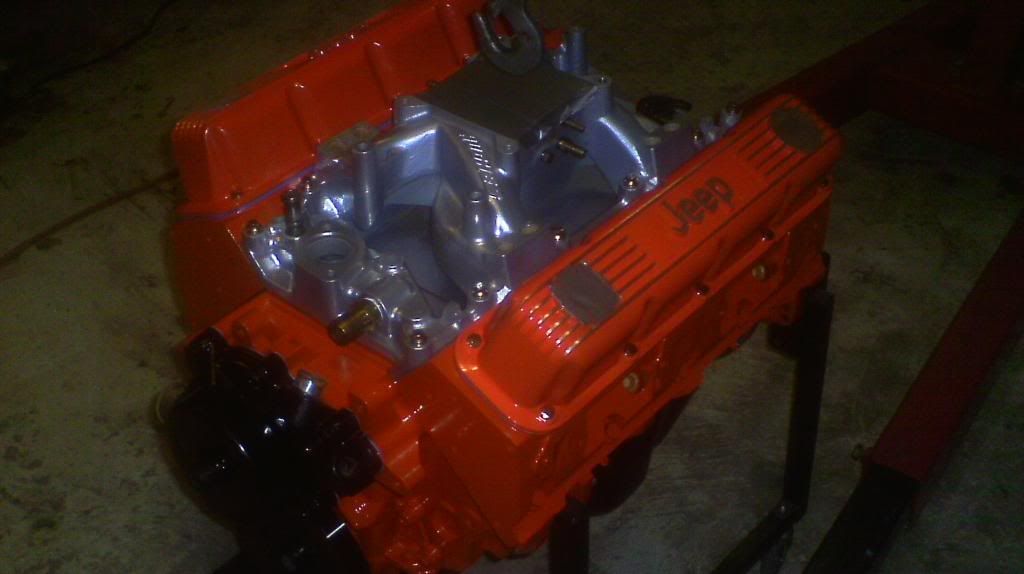moper
Well-Known Member
With the results you have and parts used you did not get a square decking operation. You got the block decked. If it was square decked he would need the BHJ fixture or the right machining center to do it and you would have much less variation. With K1 parts and a decent crank (not Eagle cast...) you will have variation of less than .001" side to side and front to back.
If the heads were just bolted on and not corrected that would explain all the oil getting into the chambers too. They look horrid.
So - the compression is too high, there's oil contamination in the chambers, and the PCM doesn't know what you changed so it's just going through the motions. You need to drop the compression and rethink the build. You need to stay within the PCM's operating range.
If the heads were just bolted on and not corrected that would explain all the oil getting into the chambers too. They look horrid.
So - the compression is too high, there's oil contamination in the chambers, and the PCM doesn't know what you changed so it's just going through the motions. You need to drop the compression and rethink the build. You need to stay within the PCM's operating range.

















